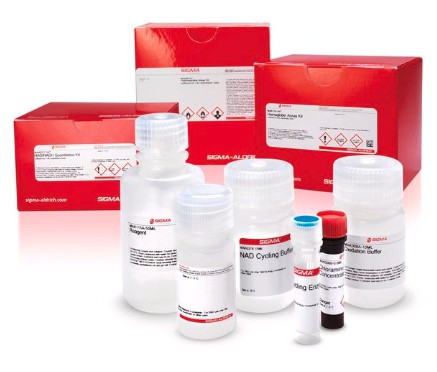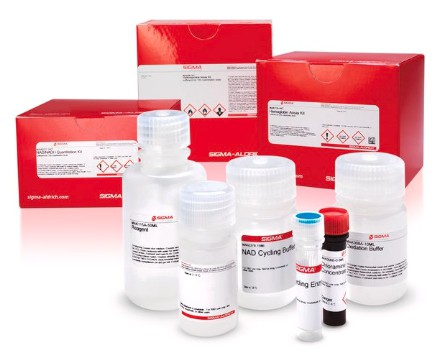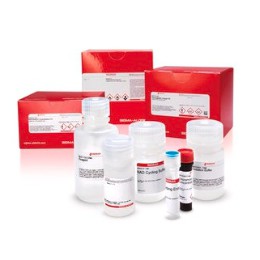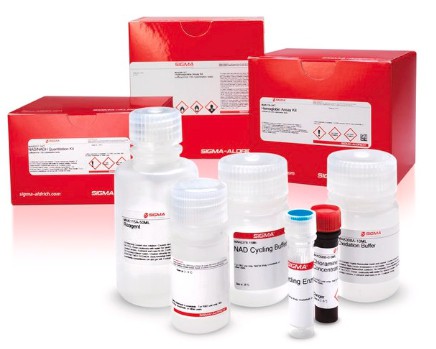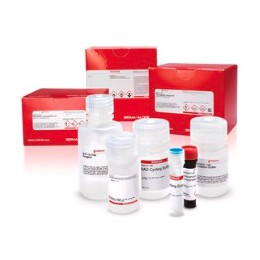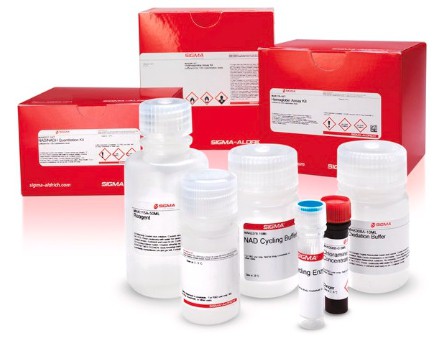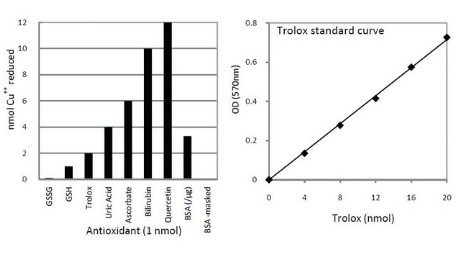
Total Antioxidant Capacity Assay Kit Sufficient for 100 Colorimetric tests
Oxidants, such as reactive oxygen species (ROS) and reactive nitrogen species (RNS), can generate free radicals that can cause severe oxidative damage to cellular lipids, membranes, proteins, and DNA.[1][2] Antioxidants can scavenge these free radicals and prevent cellular oxidative stress by enzymatic andnon-enzymatic mechanisms. Enzyme systems that function as antioxidants include catalase and peroxidase. Tocopherols, carotenes, vitamin A, and ubiquinols
function as lipid-soluble antioxidants; whereas, glutathione and ascorbate are some of the water-soluble antioxidants.[3] Measurement of the total non-enzymatic antioxidant capacity (TAC) of biological samples is indicative
of their ability to counteract oxidative stress-induced damage in cells. TAC is used to provide insights into the development and treatment of oxidative-stress related disorders.[4]
In the Total Antioxidant Capacity
Assay Kit, either the concentration of the combination of both small molecule and protein antioxidants, or the concentration of only small molecule antioxidants can be determined. Cu2+ ion is converted to Cu+ by both small molecules
and proteins. However, the use of the Protein Mask prevents Cu2+ reduction by protein, enabling the analysis of only the small molecule antioxidants. The reduced Cu+ ion chelates with a colorimetric probe, giving a broad absorbance peak
at ~570 nm, which is proportional to the total antioxidant capacity. The kit gives antioxidant capacity in Trolox equivalents (ranging from 4-20 nmole/well). Trolox, a water-soluble vitamin E analog, serves as an antioxidant standard.
Total antioxidant capacity assay kit has been used to determine total antioxidant capacity of leaf tissue samples.[5][6]
This kit is suitable for the detection of small molecule and protein antioxidants in cell and tissue lysates, media, or in biological fluids such as urine, plasma, and serum.
In the Total Antioxidant Capacity Assay Kit, either the concentration of the combination of both small molecule and protein antioxidants, or the concentration of only small molecule antioxidants can be determined. Cu2+ ion is converted to Cu+ by both small molecules and proteins. However, the use of the Protein Mask prevents Cu2+ reduction by protein, enabling the analysis of only the small molecule antioxidants. The reduced Cu+ ion chelates with a colorimetric probe, giving a broad absorbance peak at ~570 nm, which is proportional to the total antioxidant capacity. The kit gives antioxidant capacity in Trolox equivalents (ranging from 4-20 nmole/well). Trolox, a water-soluble vitamin E analog, serves as an antioxidant standard.
